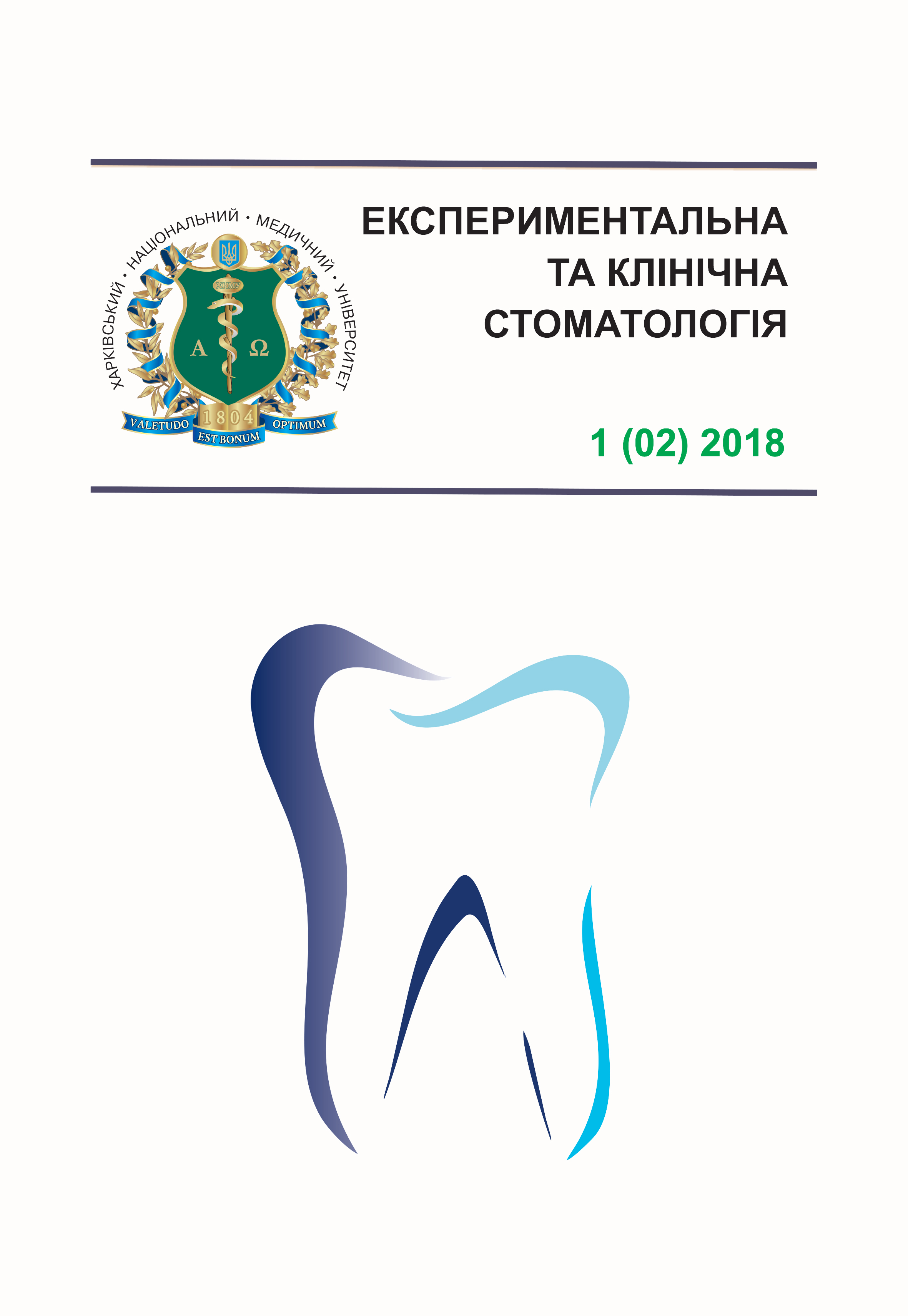Abstract
The relevance of the problem. Diagnostics and treatment of scar formations of facial skin, resulting from planned and urgent surgical interventions, burns and mechanical injuries, remain relevant and socially significant issues of modern maxillofacial surgery. The formation of pathological scarring in the maxillofacial region is often accompanied by the presence of symptoms such as pain, burning, paresthesia, itchiness, contracture. Besides, being located in open areas of the body, scars can cause serious psycho-emotional disorders in the form of lower self-esteem, anxiety, depression, which negatively affects the social adaptation of the patient in the society. In its turn, the ever-present psychological stress has a negative effect on the somatic health of the patient in general, including intercurrent psychosomatic diseases.
It should be noted that the majority of works devoted to the diagnosis and treatment of scars pay attention to the direct impact on the area of the scar. At the same time, patient’s general condition is insufficiently studied. Thus, the fact of formation of different morphological types of scar in one and the same place during operation in different periods of patient's life is known, which is caused, according to the researchers, by macrostate of the body. In this regard, the issues of mental and emotional state, which plays an important role in tissue regeneration processes during the reconstructive operations, remain out of focus of the researchers’ attention.
The aim of the research is to enhance the effectiveness of treatment of patients with scars of the head and neck through the detailed study of their individual and personal characteristics, and formation on this basis of scientifically substantiation for the necessity of introducing the psychotherapeutical correction into the treatment complex.
Objects and methods of the research. Thirty-seven persons with normotrophic scars and forty-five patients with hypertrophic and keloid scars of maxillofacial area were examined. Mental and emotional state assessment («SMIL» questionnaire) was used for all patients with head and neck scars and twenty healthy persons.
Results of the research. By using «SMIL» technique, it has been found that in patients with normotrophic scars, the significant increase in performance occurred only on the scales of neurotic over-control, pessimism, impulsivity and anxiety. Moreover, the revealed changes cannot be regarded as pathological deviations, but can only be considered as characterological, behavioral and emotional-affective properties.
Unlike people with normotrophic scars, in patients with pathological scars in the averaged profile the indicators by almost all scales were above the norm. High scores by the scale of neurotic over-control in these patients indicate that they are characterized by an excessive focus on their physical defects, they are skeptical of the treatment process, are characterized by demanding attitude to others. Most patients with pathological scars are characterized by hypochondriacal fixation and reduced adaptive capacity. The pessimism scale was leading in the profile of these patients. High levels on the anxiety scale confirm that such patients are characterized by obsessive anxiety, low displacement level, therefore even minor life problems cause tension and anxiety.
The results confirmed the hypothesis as to the presence of symptoms of psychoneurotic disorders in the majority of patients with head and neck scars arising from the existing cosmetic defects. In our opinion, they serve as an additional factor in the complications of the disease, and chronic stress and depression can cause an imbalance between the components of the immune response. Therefore, the need for psychological rehabilitation of patients with head and neck scars is obvious.
Keywords: head and neck scars, evaluation of emotional status.
References
Аветіков Д.С. Профілактика патологічних рубців обличчя та шиї / Д.С. Аветіков, В.М. Скрипник // Вісник проблем біології та медицини. – 2012. – Т. 1 (96). – Вип. 4. – С. 32–35.
Галлямова Ю.А. Рубцовые изменения кожи / Ю.А. Галлямова, З.З. Кардашова // Экспериментальная и клиническая дерматокосметология. – 2008. – № 6. – С. 56–63.
Гуллер А.Е. Клинический тип и гистологическая структура кожных рубцов как прогностические факторы исхода лечения / А.Е. Гуллер, А.Б. Шехтер // Анналы пластической, реконструктивной и эстетической хирургии. – 2007. – № 4. – С. 19–24.
Полукаров Н. Современные методы лечения патологических рубцов кожи и рубцовых осложнений / Н. Полукаров, В. Голубев // Врач. – 2007. – № 2. – С. 59–62.
Собчик Л.Н. Психология индивидуальности. Теория и практика психодиагностики / Людмила Николаевна Собчик. – СПб: Речь, 2003. – 624 с.
Тимофеев А.А. Рубцы: особенности клинического течения и лечения / А.А. Тимофеев // Современная стоматология. – 2008. – № 3. – С. 99–106.

